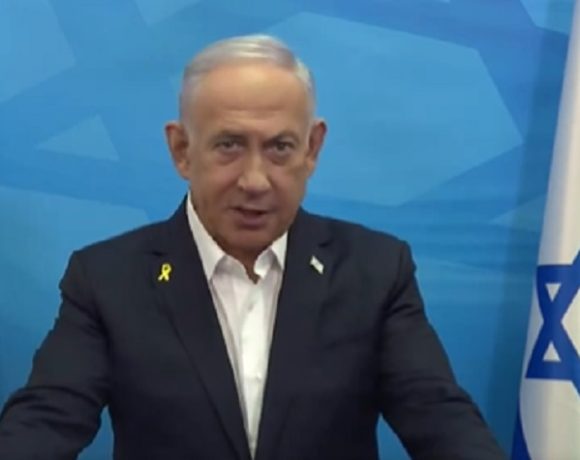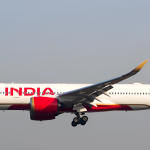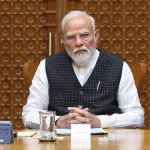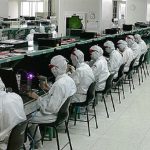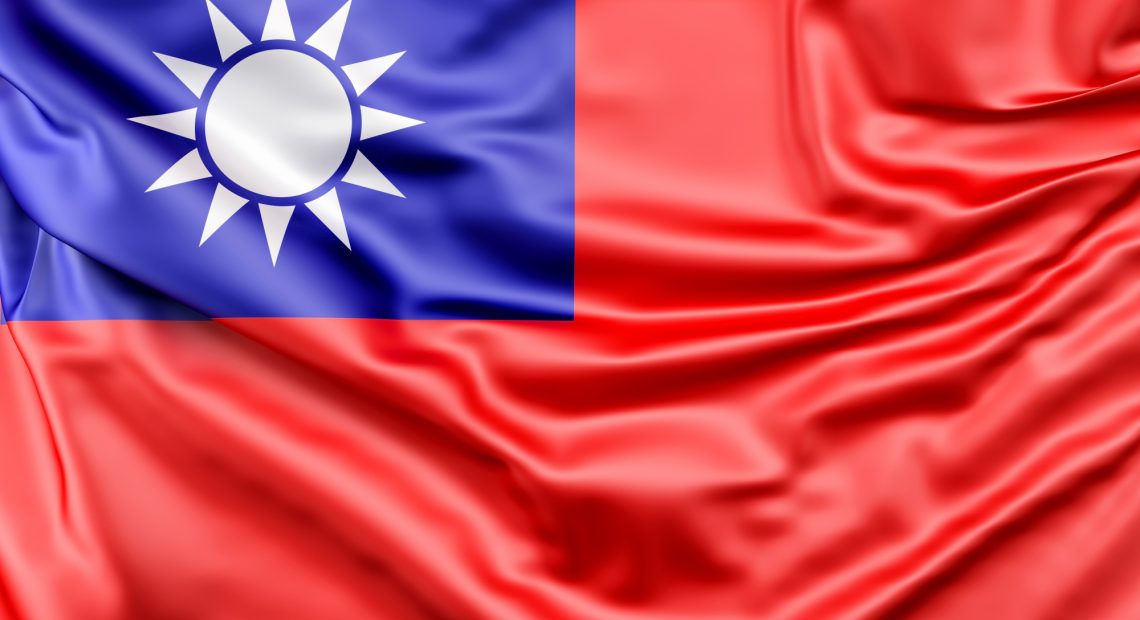
Taiwan Fields US HIMARS Rockets in Annual War Drills
Taiwan has deployed US-supplied HIMARS rocket systems as part of its annual Han Kuang military exercises, signalling a growing emphasis on advanced artillery and strategic deterrence. The 10-day drills, which began earlier this week, are Taiwan’s largest in recent years and come amid rising tensions with China.
HIMARS Deployment Signals Firepower Boost
Two HIMARS (High Mobility Artillery Rocket Systems) vehicles were seen positioned near Taichung on Day 4 of the drills. These long-range rocket launchers, known for their precision and mobility, are part of a batch of 11 delivered to Taiwan. The remaining 18 units are expected to arrive in 2026. With a strike range of up to 300 kilometres, HIMARS can target locations along China’s southeast coast.
Military officials noted that the system’s quick deployment and concealment abilities are essential to Taiwan’s defence strategy, which prioritises surviving an initial attack and executing precision retaliation.
Full-Scale Live Fire Drills Ahead
Live-fire exercises featuring HIMARS are scheduled for later in the week. Taiwan is also fielding M1A2T Abrams tanks and training over 22,000 reservists in scenarios that include urban warfare, anti-landing operations, cyber defence, and critical infrastructure protection.
Colonel Chen Lian-jia from Taiwan’s defence ministry said that concealment tactics are being practised rigorously to ensure HIMARS units remain undetectable by enemy surveillance until they are ready to strike.
Chinese Reaction and Regional Tensions
China has downplayed the drills, calling them “political theatrics.” In response, Beijing imposed restrictions on Taiwanese companies involved in defence manufacturing and continued maritime and air patrols around the island. Taiwan, however, maintains that the drills are necessary to prepare for any potential aggression.
Strategic Relevance
The HIMARS deployment is widely seen as a message of deterrence and a reflection of Taiwan’s strengthening ties with the United States. As geopolitical uncertainty continues in the Indo-Pacific region, Taiwan’s defensive readiness—backed by high-tech systems and joint training—is being closely watched by both allies and adversaries.


